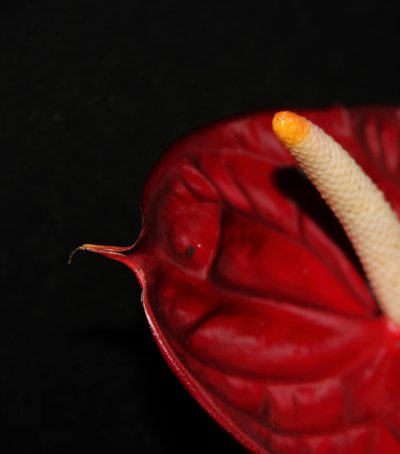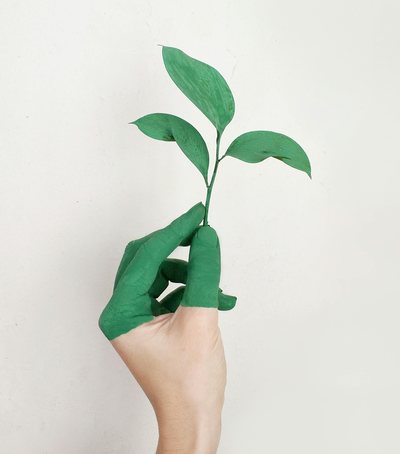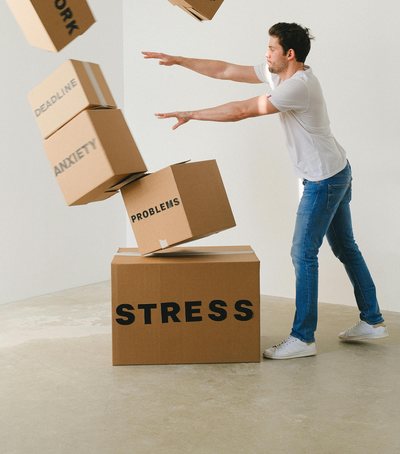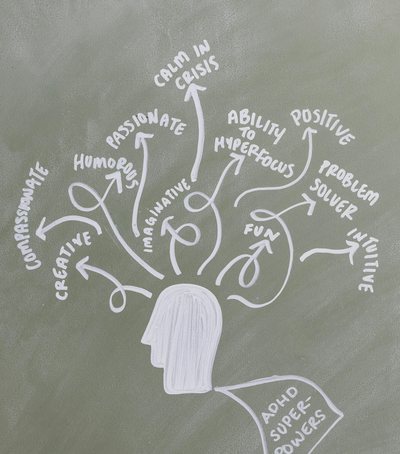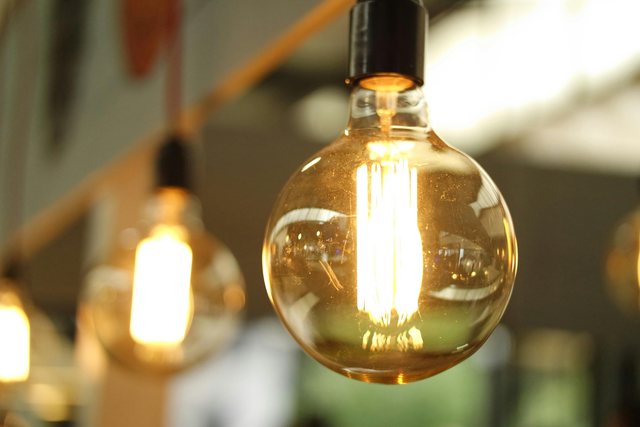
Sexuality is not just a physical drive—it is a powerful source of emotional, creative, and psychological energy. When we understand and manage how desire and intimacy affect our inner state, we can use it as a “fuel” that ignites motivation, connection, and creativity, without burning ourselves out to the point of exhaustion. Here’s how to do it in practice:
1. Understand sexual energy as something that can be channeled, not necessarily “spent.” Sexual desire and tension create a kind of charge—instead of using it solely for physical representation, learning to channel it into focus, ideas, creativity, or self-confidence makes the energy more sustainable. Practices like writing, art, exercise, or deep conversations can become “pathways” to release and transform that energy.
2. Awareness and acceptance of desire. When you ignore or guilt-trip desire, it often “explodes” into uncontrolled forms. Being aware of the feelings that arouse attraction—without immediately acting on them—allows you to choose how to use them: as motivation for your creative streak, to deepen connections, or to nurture self-esteem.
3. Intimacy as regeneration, not just consumption. Deep connections (emotional or physical) activate oxytocin, making you feel connected and supported, which increases stress resistance and increases psychological energy. Investing in quality intimacy—authentic communication, acceptance, support—restores energy, while relationships that are short-lived, conflictual, or just “exploitative” can be draining.
4. Breathing and self-centered practices. Techniques from traditions like tantra or sexual mindfulness (e.g., slow shared breaths, mindful focus on sensations without rushing) help you stay in touch with the energy without immediately losing it. A deep breath when you feel a surge of desire can soften the impulsive impact and return it to your chosen focus.
5. Channeling into creativity and action. A high level of sexual energy is often associated with a lot of vitality—use it to create: write, sing, design, start a project, or simply fix something that matters to you. This “transformation” of energy makes it fruitful and recoverable.
6. Set boundaries and rhythms. Like any resource, sexuality can be “used” in ways that drain you—procrastination, relationships that leave you feeling empty, emotional dependency. Knowing your limits (when you’re using desire to avoid something else, when it makes you feel exhausted) and establishing a rhythm (time for intimacy, time for recovery, time to channel) keeps the energy stable.
7. Physio-psychological self-care supports “reserves.” Sufficient sleep, mood-boosting foods, regular movement, and experiences of self-connection (e.g., reflection, journaling, meditation) strengthen the foundation from which sexuality can rise as a force, not become a quickly extinguished “flame.”
8. Open communication with partners. When we talk about each other's desires, boundaries, and needs calmly and respectfully, intimate energy flows more freely and is less likely to get "stuck" in misunderstandings, jealousy, or guilt. This helps make intimacy a source of regeneration, not exhaustion.
9. Reflecting on motives and goals. Asking “Why am I seeking this energy?” helps you discern when sexuality is being used as an internal distraction, a source of true connection, or a catalyst for personal growth. This reflection keeps the use conscious and intentional.
10. Seek professional support when needed. If you feel overwhelmed by desire, have difficulty controlling impulsive behaviors, or intimate relationships bring you more negative energy than positive, a therapist specializing in sexual or emotional health can help you rebuild your inner relationship with this energy in a healthy way.
Essentially, sexuality becomes a vital personal resource when you perceive it as energy that can be cultivated, channeled, and shared in ways that empower you—not just spend you. By combining awareness, wise rhythms, quality intimacy, and creative channeling, you can use it to feel more connected, create more meaning, and live with more energy without becoming exhausted.
Photo Credits (Burak The Weekender):
https://www.pexels.com/photo/lighted-light-bulb-in-selective-focus-photography-45072/

